We're proud to provide Data Visualization services.
Executive Office of Labor and Workforce Development (EOLWD)
Elevating the PFML application experience for Massachusetts residents through testing.
Last Call Media developed a robust testing solution to streamline the Paid Family and Medical Leave (PFML) application process, minimize disruptions, and instill greater trust in government solutions.

Seramount
Seramount's Online Portal in WordPress
A B2B online learning and development platform built on WordPress.

Seramount's Online Portal in WordPress
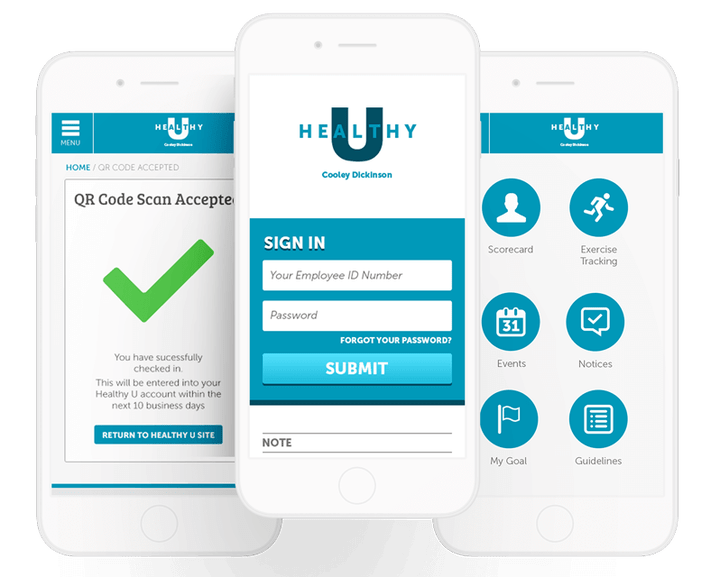
Healthy U Portal app.
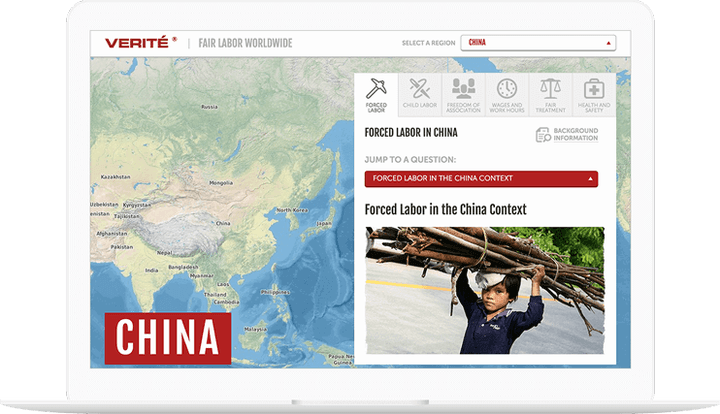
Labor Rights Portal.
Swarthmore College
National Census of Writing.
A web data explorer for use by the general public and qualified researchers alike.

National Census of Writing.
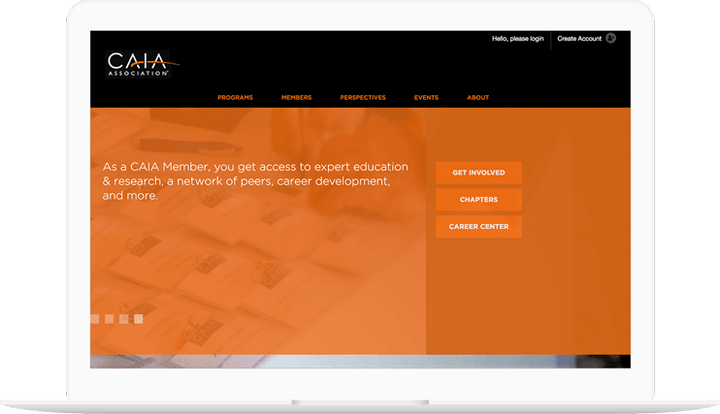
Upgrading the CAIA Association.
The Commonwealth of Massachusetts
Best-in-class content delivery and caching.
Longer-lasting caches and fast load times, at a lower cost.
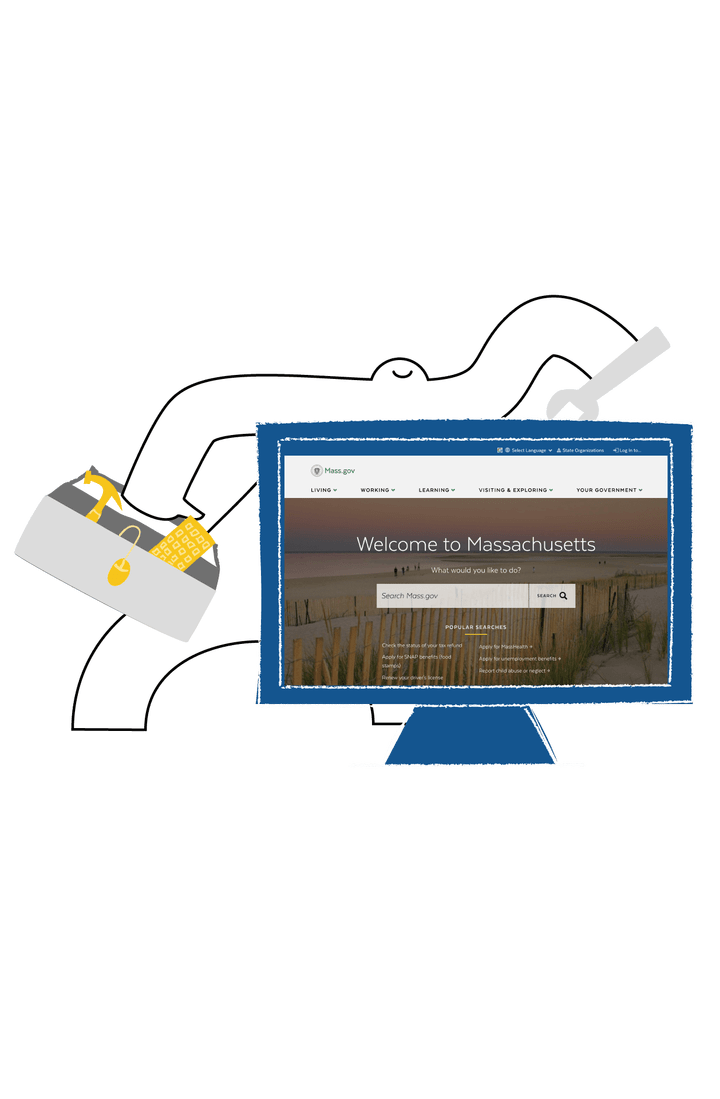
Best-in-class content delivery and caching.
Columbia University Medical Center
Helping patients learn more about their options for medical professionals.
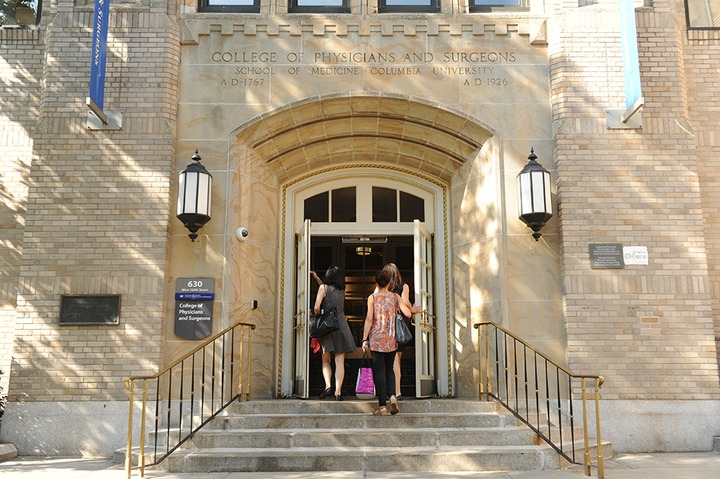
Helping patients learn more about their options for medical professionals.